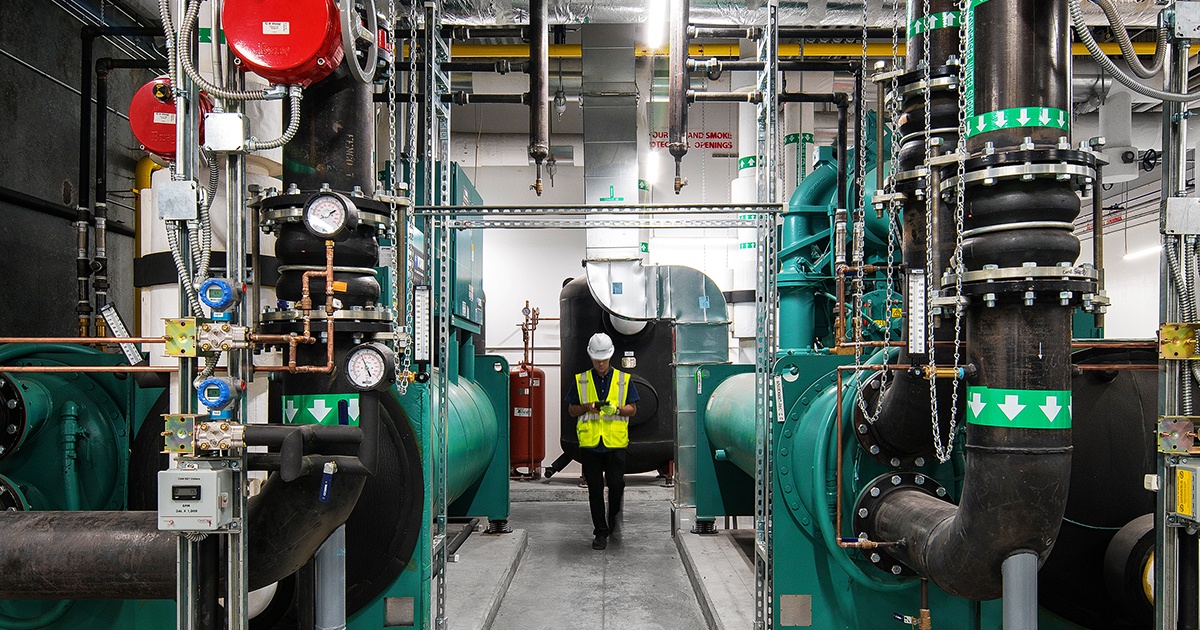
As any CEO in the science, technology, engineering or manufacturing space already knows, the STEM shortage is real. Baby Boomers are retiring in droves, leaving companies struggling to fill skilled jobs with a limited pool of talent. According to Chief Executive’s most recent CEO Confidence Survey, the availability of a skilled workforce ranks No. 2 among CEOs’ greatest concerns, the No. 1 fear being another recession.
The U.S. aerospace industry faces unique challenges in the quest for talent. An Industry Week survey found that 39 percent of aerospace companies predict an “extreme” impact on their business growth due to the dearth of skilled or technical workers in the pipeline. So when Lockheed Martin made the decision to build a new research and development facility that would add 500 new jobs, it chose to do so in Orlando at its Missiles and Fire Control (MFC) site.
Although most associate Florida with tourism, the Sunshine State has a rich legacy in aerospace, from the first commercial airline flight in 1914 to NASA’s presence at the Kennedy Space Center to today’s commercial rocket launches. As a result, the state is home to more than 11,000 aerospace and aviation companies. Lockheed Martin, which has had a footprint in Orlando for decades, has more recently watched the Corridor emerge as a hub for technology and advanced manufacturing. “Attracting STEM talent is competitive no matter where you are,” says Frank St. John, executive vice president of the MFC business. But in Orlando, companies like Lockheed Martin enjoy distinct advantages: a college—University of Central Florida—that ranks in the top five for aerospace and defense, according to Aviation Week, and a pool of more than 500,000 college students within a 100-mile radius. “We’re actually producing more software engineers in our pipeline than Austin [is producing],” says Tim Giuliani, president and CEO of the Orlando Economic Partnership.
That’s an advantage for Lockheed Martin and one the company utilizes. Its College Work Experience Program with UCF gives both undergraduate and graduate students a chance to work in various departments across Lockheed Martin and gets them on the company’s radar screen earlier on. “Due to the nature of our work, employees need to be U.S. citizens and eligible to obtain a U.S. secret security clearance,” St. John adds. “Partnerships such as these help to build a diverse pipeline of clearable talent early in a person’s career.”
Another partnership with Valencia Community College’s Advanced Manufacturing Training Center allows Lockheed Martin to provide classroom speakers and to be directly involved with curriculum development. “The schools we recruit from in Florida have robust and diverse populations in majors that are of interest to us,” says St. John. “We also lead outreach efforts for K-12 students to help inspire them to pursue STEM careers, reaching tens of thousands of students annually.”
Last year, consulting firm KPMG broke ground on a new $430 million learning, development, and innovation facility in Orlando, after looking at 49 other potential cities. “One of the key factors in choosing Orlando was the innovation we see here,” according to KPMG’s U.S. Chair and CEO Lynne Doughtie.
For KPMG and Lockheed Martin, it didn’t hurt that the region recently made a $15 billion investment in infrastructure and in new theaters, museums and art venues; its ranking by Realtor.com as the third most popular city for millennial is a bonus, as well. “That’s promising for a business, especially when combined with the world-class airports here, as our employees travel frequently,” says St. John.
But ultimately, access to talent is the greatest perk. “Being centrally located in the high-tech I-4 corridor enables healthy competition for the best and brightest talent amongst companies in the region.”
Original article published in Chief Executive Magazine on March 6, 2018.
